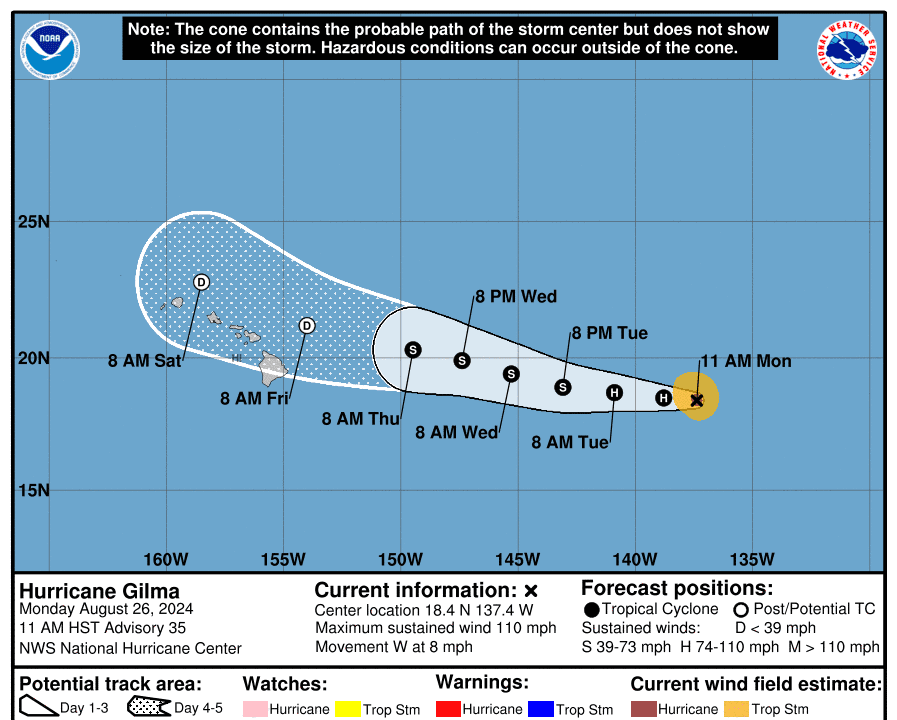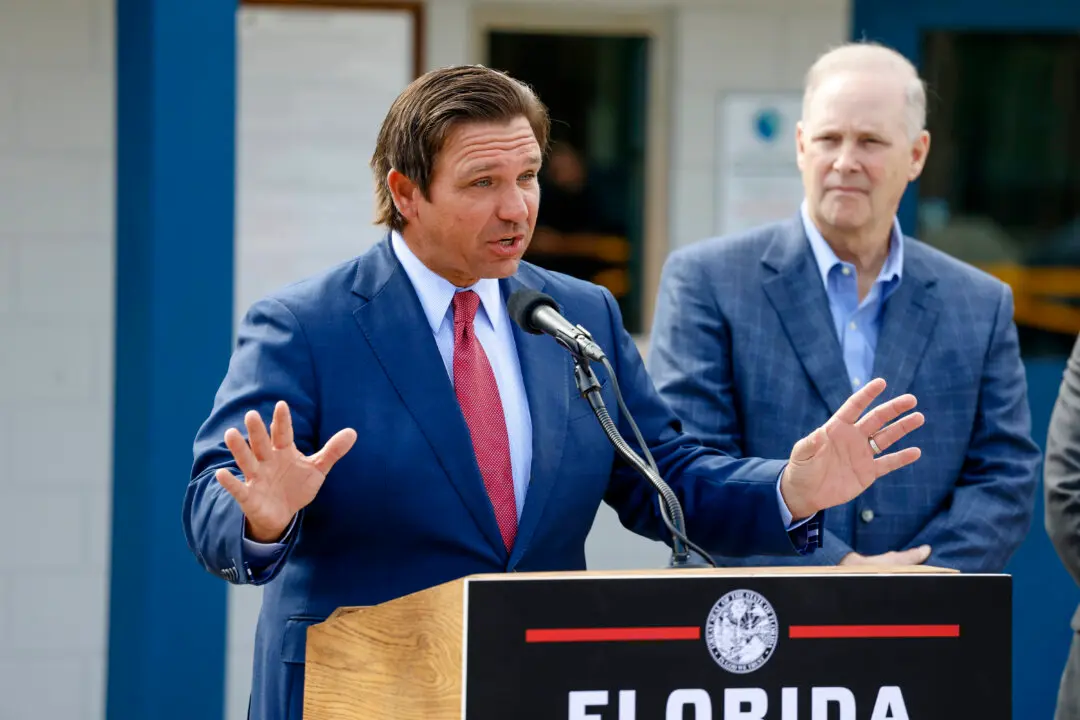The Hawaiian Islands could face back-to-back storms as the National Hurricane Center (NHC) forecasts Hurricane Gilma to arrive within striking distance by Labor Day Weekend—less than one week after Hurricane Hone.
Ian Morrison, the forecaster at the National Weather Service’s Honolulu office, told The Epoch Times that “it’s not unprecedented” to see storms come five days apart when “the East Pacific gets active with generating storm after storm,” but it is not a yearly occurrence.





